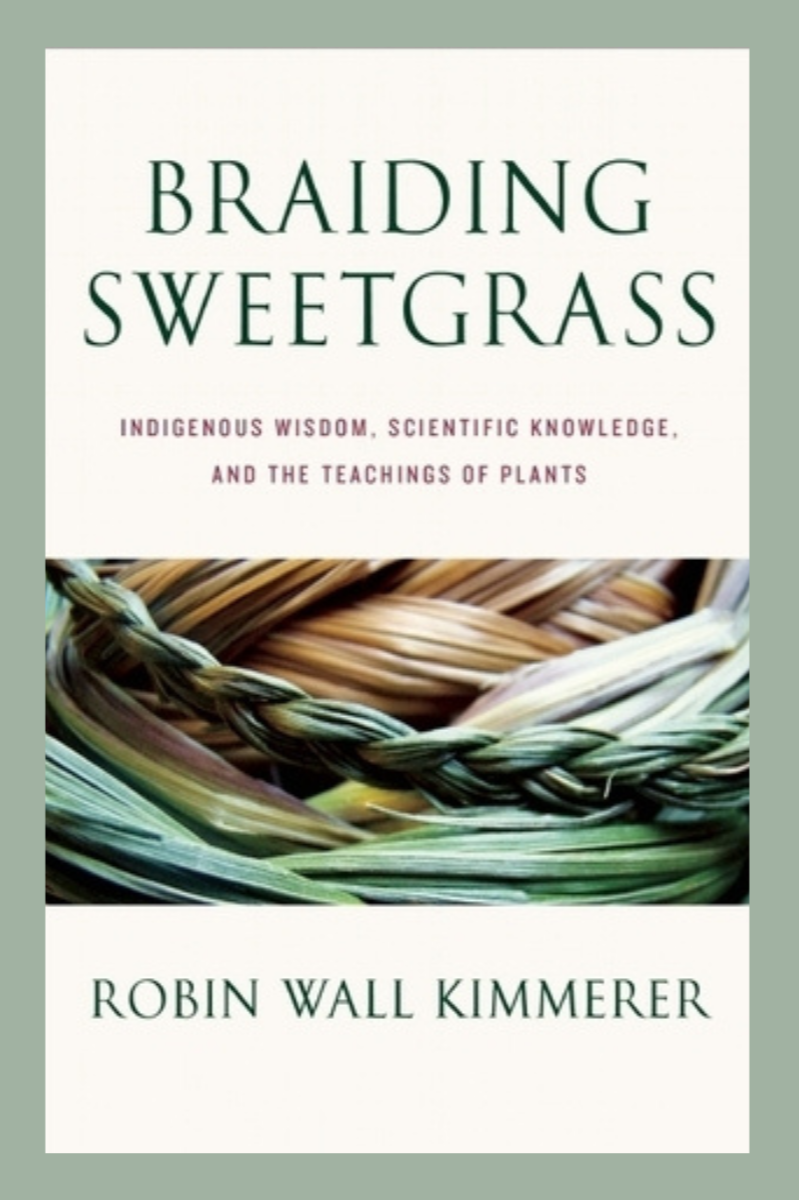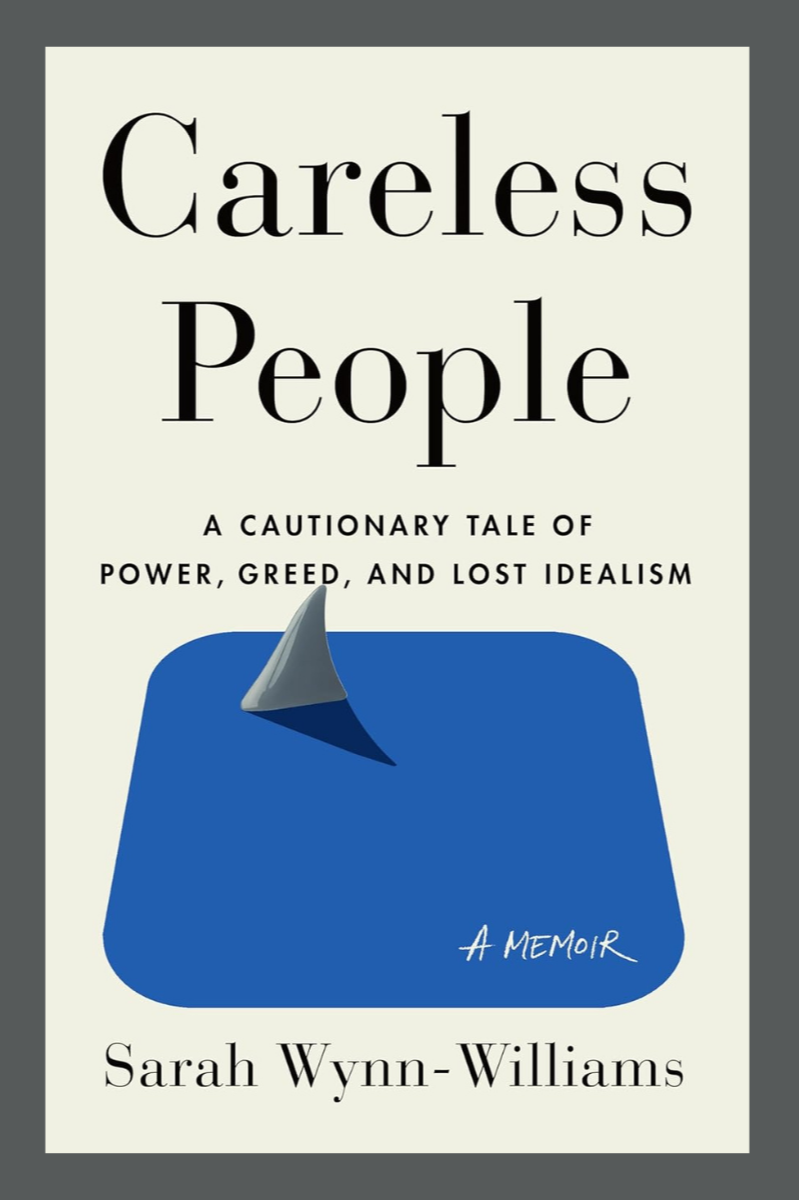This is a hard book beautifully written, and one I’m glad I read. It reminds you that the line between health and sickness, between the life you planned and the one you get, is thinner than we like to believe.
All tagged nonfiction
Braiding Sweetgrass: Indigenous Wisdom, Scientific Knowledge and the Teachings of Plants – Robin Wall Kimmerer
It’s a dense book – beautifully written, but the kind of writing that demands you be fully present. I couldn’t listen for more than about 45 minutes before my mind drifted, not because the content was dull, but because it’s a lot to absorb.
Careless People: A Cautionary Tale of Power, Greed and Lost Idealism – Sarah Wynn-Williams
A juicy, unflinching memoir from a former Facebook exec exposing toxic leadership, global consequences and the cost of unchecked idealism in Big Tech.
Your Favorite Scary Movie: How the Scream Films Rewrote the Rules of Horror – Ashley Cullins
This is not for casual viewers—it’s for fans who can still quote Randy’s rules and know the opening kitchen scene beat for beat. Cullins validates that obsession and proves “Scream” didn’t just terrify—it truly rewrote the rules of horror.
Hiroshima: The Last Witnesses – M.G. Sheftall
A harrowing, deeply human account of the Hiroshima bombing told through the voices of survivors. M.G. Sheftall dismantles sanitized narratives and explores the lasting cultural, emotional and moral impact of August 6, 1945.
Bad Gays: A Homosexual History – Huw Lemmey and Ben Miller
“Bad Gays” starts with a provocative thesis: queer history is too often told through sanitized narratives of heroism and progress. What happens, Huw Lemmey and Ben Miller ask, when we shift the lens to those queer figures who were not brave icons, but bigots, fascists, abusers or simply complicated people making morally gray choices in a hostile world?
The Black Guy Dies First: Black Horror Cinema from Fodder to Oscar – Robin R. Means Coleman and Mark H. Harris
Robin R. Means Coleman and Mark H. Harris lean into their respective expertise – academic and journalist – to explore the evolution of Black representation in horror, organizing their insights around themes, tropes and industry trends that often mirror shifting racial attitudes in America.
Run: Book One – John Lewis and Andrew Aydin
While “Run” may not yet match the polish of “March,” it lays a promising foundation for future installments. For now, it earns a place on my shelf as a testament to Lewis’s legacy and a reminder that the fight for equality – though officially decades past – continues to reverberate today.
The Lie: A Memoir of Two Marriages, Catfishing & Coming Out – William Dameron
For readers interested in a nuanced look at coming out later in life, particularly in the mid-2000s – a time when acceptance was growing but still fraught with homophobia and fears of ostracism – “The Lie” offers an authentic, if imperfect, reflection.
The Demon of Unrest: A Saga of Hubris, Heartbreak, and Heroism at the Dawn of the Civil War – Erik Larson
As usual, Larson’s storytelling brings history to life in vivid detail, a rare skill in nonfiction, but here, the ambitious scope feels unwieldy – even for a pro. The concurrent narratives and numerous characters create a sprawling account, yet “Demon” lacks the cohesion and emotional depth that defined his best works.
Woe: A Housecat's Story of Despair – Lucy Knisley
"Woe" serves as both a touching tribute to a beloved cat and a comforting reminder to those who have lost a four-legged friend that their sorrow is valid and shared.
My Friend Dahmer – Derf Backderf
While the graphic novel was initially intriguing, it felt a bit lacking in depth, particularly considering its length. I also began to question the necessity of Backderf telling this story. He was only a passing acquaintance of Dahmer, so the armchair psychology and hindsight observations felt a tad inflated.
I Know Why the Caged Bird Sings – Maya Angelou
This is a classic for a reason. Nothing I say about this novel will diminish its relevance, but I must be honest with myself and others when I say that I didn’t really enjoy it.
How to Write an Autobiographical Novel – Alexander Chee
Alexander Chee’s essay collection is first and foremost a showcase of his nearly unmatched talent. It's a celebration of the craft, of teaching and of the relentless pursuit of one’s artistic vision. Yet, for all its brilliance, the book is dreadfully boring.
Hi Honey, I'm Homo!: Sitcoms, Specials, and the Queering of American Culture – Matt Baume
An interesting retrospective on how sitcoms helped pave the way for broader queer acceptance, with “Hi Honey, I’m Homo!” Matt Baume offers a mostly lighthearted read for fans of pop culture and LGBTQIA+ history.
Through original and sourced research, the author traced the often fraught path to introduce positive portrayals of queer people to the masses, but this isn’t the kind of behind-the-scenes tell-all that will help elevate the book beyond its niche target audiences.
How We Fight For Our Lives – Saeed Jones
I had put off reading Saeed Jones' "How We Fight For Our Lives" for years, expecting a depressing, harrowing manifesto about the multitude of ways America fails Black men. Let this be a lesson in not judging a book by its cover, because Jones instead offers readers a sometimes funny and relatable exploration of growing up gay.
The Times I Knew I Was Gay – Eleanor Crewes
A choppy narrative and sparse illustrations made it difficult to truly connect with the emotional turmoil Crewes walks the reader through. Initially intended as a 10-page micro-comic, it certainly appears that was the right length for a story that felt incredibly thin.
The Groom Will Keep His Name: And Other Vows I've Made About Race, Resistance, and Romance – Matt Ortile
Between the bloat, uneven pacing and self-absorption you’ll quickly find yourself tired of the lecture and wondering how a book that started promisingly can derail so quickly.
Brave Face – Shaun David Hutchinson
Hutchinson’s conversational writing style allows readers to connect with his experiences and fill in the blanks with their own. It's a reminder that sometimes you’re simply hiding scabs, but you’re never too old to heal the wound. While not necessarily targeted to young adults, the author – a prolific writer in that genre – uses short, fast-paced chapters that mirror the chaos of his internal life.
Out of the Shadows: Reimagining Gay Men's Lives – Walt Odets
Complicated and challenging, Walt Odets' "Out of the Shadows" is not a comfortable read. Part psychology text and part memoir manifesto, it is aimed at helping cis-gendered gay men live authentic and complete lives: emotionally, physically and sexually.



















